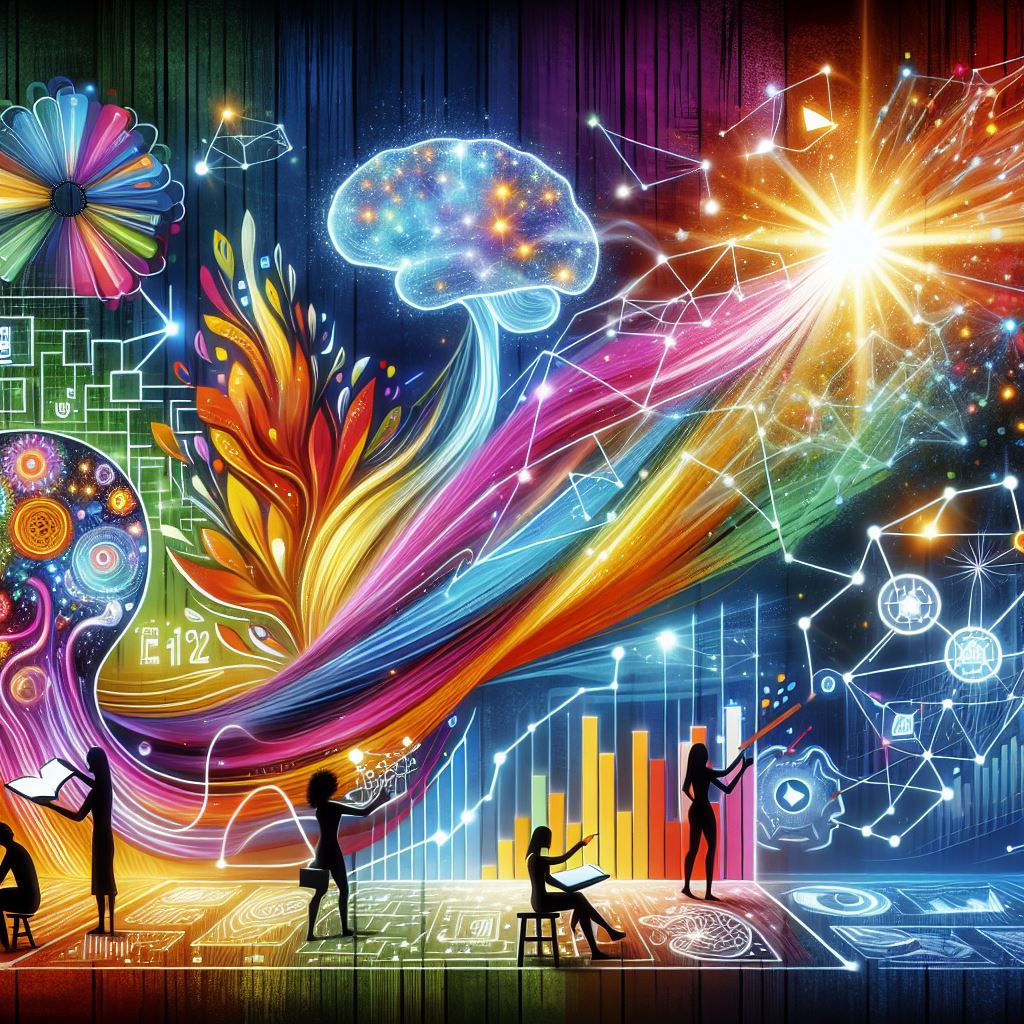In Our IoT-Driven Future, Strategic Design is More Important Than Ever
26 Apr 2016

by Georgios Achillias
Director of Strategy, Wipro Digital
Suddenly, more and more devices are connecting to the Internet. It’s fascinating to see how these disparate elements are connecting with one another: in a way, it’s like giving life to them. We can interact with them, ask them to do things, optimize them, and make decisions based on their feedback.
The Internet of Things has laid the groundwork for entirely new ways of approaching strategy and design. Instead of having a linear, stage-based approach, we started being able to develop interactions and products based on seamless feedback. Reconfiguration of a product is no longer driven by hardware, but instead, software. We are able to understand – in real time – how things perform and how people interact with them. Instead of waiting until the next version or the next bit release, we are launching more versions, faster, and to larger audiences.
IoT is the Internet of “our things”
Although IoT is a hardcore technology-driven ecosystem, it is mainly in service of a human end-user. Therefore it’s critical to consider how well-designed products are, how we interact with them, and their integration into our lives, along with their technological complexities.
We design the entire customer journey, from awareness to post-sales services. By understanding the customer’s entire interaction across channels, stakeholders and services, we can define new opportunities and create a more seamless and meaningful experience.
IoT doesn’t just change the traditional design process but completely disrupts it. The “always-on” product or design approach will be self-learning and optimized via wireless software updates. It won’t be focused on creating a thing with a final, fixed outcome, but rather creating products that behave more like platforms – that is, capable of evolving through different versions.
Strategic Design puts people first
Putting the user first does not mean Strategic Design only works for B2C, as anything we do in B2B will also need to take into account the ultimate end-user, and thus the human and emotional side of things. Customers are our best source of inspiration, and our only source of true validation.
Empathy is a guiding force down the path of innovation as we set out to discover fundamental elements of the user experience. We embrace the empathy principle by living and experiencing our users’ pain points and state of mind strictly from their perspective.
Strategic Design helps us cut through the clutter that surrounds our customers’ (or users’) needs and behaviors, their connections with existing ecosystems, and their interactions with one another. Having an in-depth understanding of the needs and challenges of our customers enables us to create agile, future-ready and meaningful services and solutions across the entire customer experience.
Iteration fueled by design thinking
Design thinking is defined as “a human-centered approach to innovation that draws from the designer’s toolkit to integrate the needs of people, the possibilities of technology, and the requirements for business success.” Thus, the method focuses on three main elements of a product or solution: people, technology, and business. All of these aspects evolve around the customer.

Design teams work long hours to make sure that we not only have access to the right information, but also can understand what incoming raw research findings are about. Based on findings and identified patterns, our team develops a hypothesis, a mission to address, a challenge to face, a problem to solve. Then, based on UX and design principles, we build a prototype, launch, monitor, and track performance. We note the prototype’s possible flaws, and the interactions, dynamics and energy around it.
This is an agile but linear process: it takes time and there are instances when either feedback on the prototype is not the best, or by the time it gets back to team, they are engaged in delivering something else. Even when the process is ideal, tested and working, there may still be an undesirable outcome. In some cases, the process itself is broken in certain parts, or not all stages of the process are contributing and working toward the same mission.

Before we iterate, we must carefully examine the evidence based on solid data that’s relevant to the question at hand before reaching any conclusions or making any decisions. Only then can we realize the promise of more data—to deliver actionable insights for faster and better-informed decisions and make able to design more human-centric products, services and business models.
A lifetime of continuous improvement
Whenever I think about IoT, I’m reminded of Einstein’s quote: “We can’t solve problems by using the same kind of thinking we used when we created them.” Often, our biases erect walls that restrain our imagination and hinder our ability to see what is right in front of our eyes. We need to rewrite the assumptions that we take for granted. We innovate because we are not satisfied with the status quo and refuse to settle for complacency.
Connected devices and users’ reactions to them drive each new design. Customer-centric design should be a practice of looking out from the inside — and not as outsiders looking in. Designers and User Experience (UX) experts are now playing a far more prominent role in how things are made. With IoT, these disciplines will foster even more innovative product-platforms that are seamlessly integrated and crucial to our daily lives – our cars’ automatic brake systems, for instance – things that are always there and that you don’t notice or value until the moment you really need them.
Originally posted on Wipro Digital, an innovation-led, digital transformation partner built for today’s digital challenges.



.png)

Please login to comment.
Comments